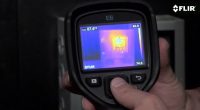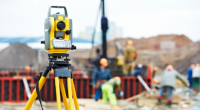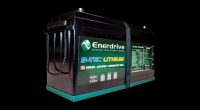MIG Welding: The Most Important Equipment Explained
Welding is the fabrication process used to join metal parts together with the help of heat, pressure, and sometimes both. You can also weld thermoplastics and even wood. Welding is done when a filler material is melted into a seam that holds the two parts together. Welding also requires electricity in order to supply the needed heat to melt the filler which can go as high as 10,000°C. Welding comes in various different forms, including TIG, stick, flux, gas tungsten, EBW, AHW, and so on, but this article is going to focus on MIG welding. MIG welding, also known as gas metal arc welding, is used in shipbuilding, the automotive industry, construction welding and more.
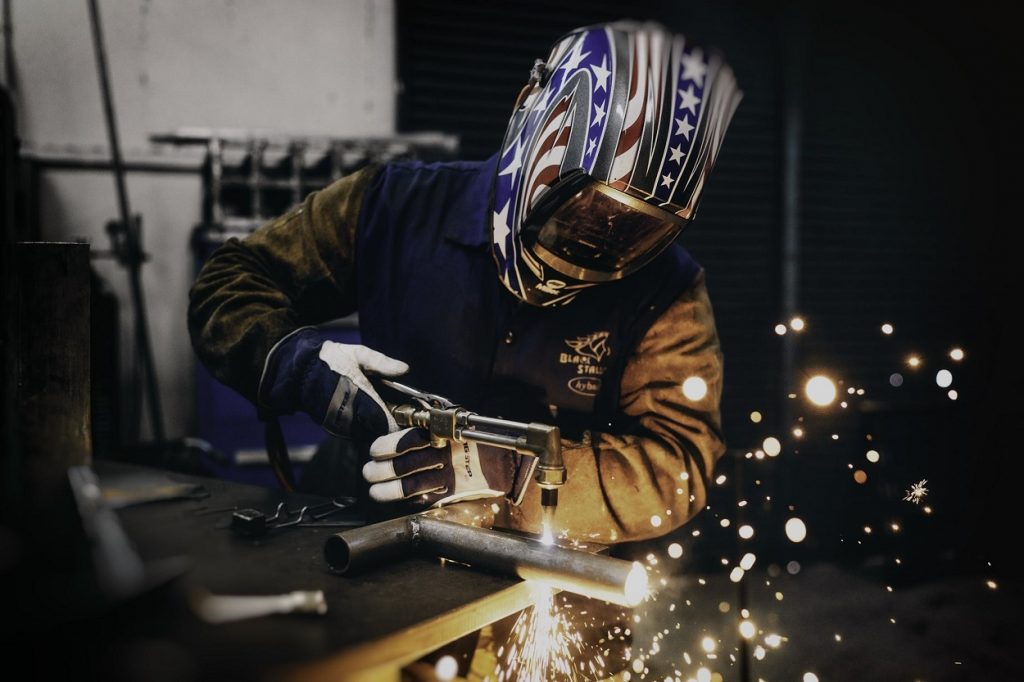
Advantages of MIG Welding
Easy
The process of MIG welding is not only easy to understand, but it’s also convenient and easy to use. No matter whether you’re a beginner or not, getting to know what all MIG welder parts do is a walk in the park. You can easily fix the speed at which the filling is being fed as you have total control over the whole process.
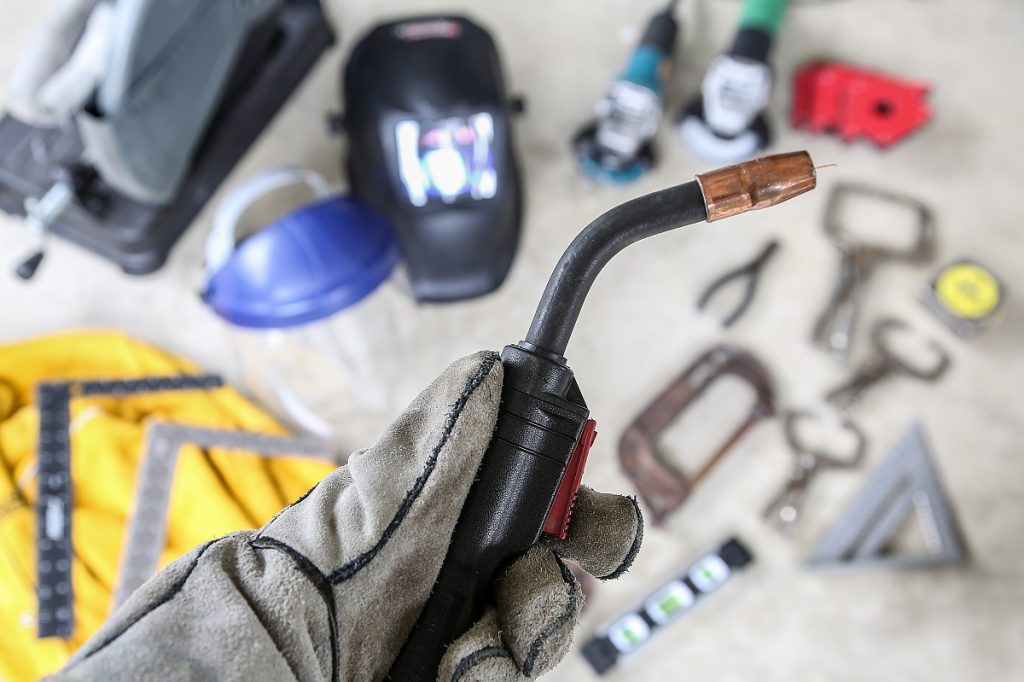
Control
Having excellent control is something you will get the grip of quickly. MIG welding allows you to have control not only of the arc, but the wire speed, amperage, and polarity. It’s easy to adjust all of the above properties, allowing you to work on materials with varying thicknesses.
Contamination
MIG welding doesn’t require as much attention to detail, at least when it comes to ensuring there’s no contamination in the weld. Clean metal is not mandatory for you to be able to weld two parts together, making MIG welding the most forgiving type of welding.
Slag
When you’re done welding there is also no reason to remove slag or spatter. Why? Because there is almost always either no or very little slag or spatter. This is because MIG welding uses a shielding gas to keep the arc protected.
Can You Weld Aluminum With a MIG Welder?
While it’s not recommended even by experienced MIG welders, welding aluminium pieces together is possible with a MIG welder. If you’re working with thin pieces, then you should definitely avoid using a MIG welder.
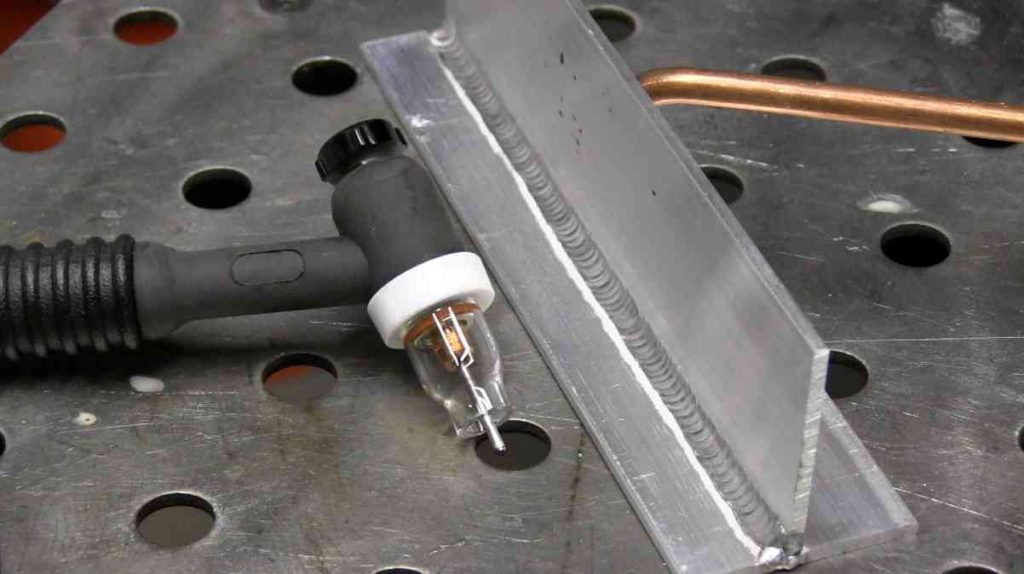
Can You Weld Stainless With a MIG Welder?
MIG welding is the recommended type of welding to join together stainless steel parts. This is because MIG welders are the most reliable when it comes to welding any steel joints.
Must-Have MIG Welding Supplies
Filler Materials
In order to be able to weld, there always needs to be a filler material, otherwise, you’ll be burning the metal parts that need to be joined together. The filler material is like glue that’s easy to melt and quick to harden and it is essential for any type of welding. Filler material comes in the form of small rods which are spooled through the gun and are made from either aluminium, stainless steel, or carbon steel. The use of each of these MIG consumables depends on the type of metals you’re going to be welding together.
Shielding Gasses
While not all types of welding require these MIG welder parts, MIG and TIG welding are the ones that do need a shielding gas. Shielding gasses are supplies that help protect the electrode while you’re welding with the two most common gasses being argon and CO2 (carbon dioxide). A lot of welders go with the combination of both gasses since CO2 only allows you to penetrate through thick metal. On the other hand, argon gas helps prevent splatter. Sometimes you’ll find a mixture of argon, CO2, and helium being used when welding stainless steel parts. Argon gas can be used on its own, but only when working with aluminium since it is not as thick of a material.
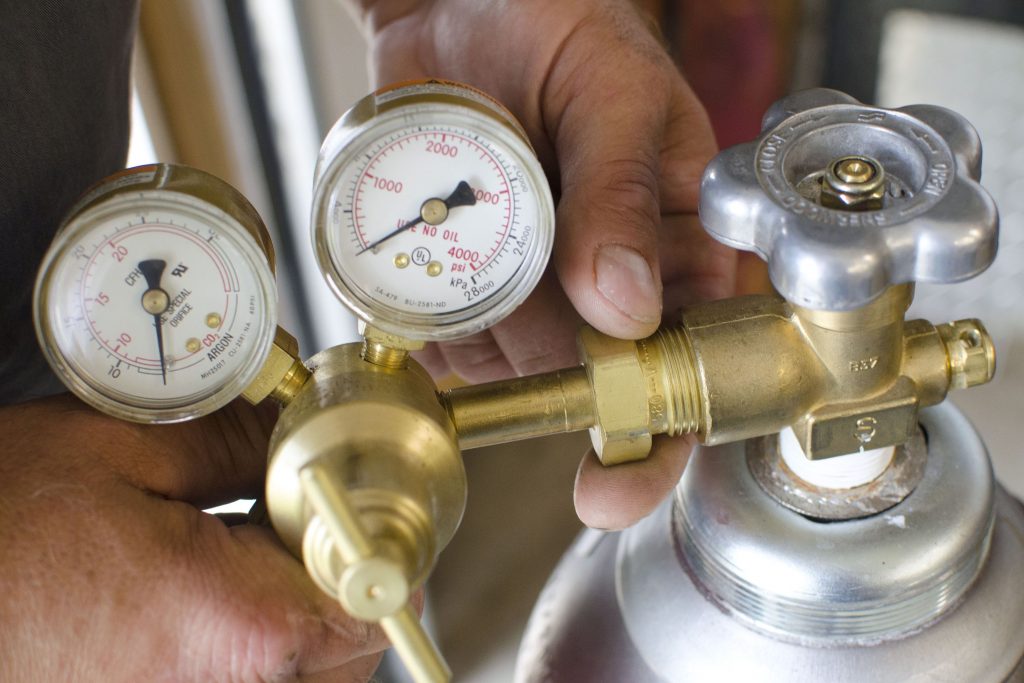
Measuring and Marking
When you weld you need to measure stuff and then mark where the weld will stretch. Sometimes, you may need to cut apart and join the parts again in a different way and marking comes in handy here. For measuring, you’ll need callipers and tape measures, and for marking you can go with a sharpie or pen and paper.
Make sure whatever you get works for you and it actually makes the whole process easier. The best way to mark is to use soapstone. This marking tool works best with metal since it can withstand the heat coming from the welder and you won’t have to mark again after welding parts together or taking a break.
Oxy-Acetylene
If you want to be able to cut circles perfectly or bend steel plates at a 90° angle you should get an oxy-acetylene setup. This type of setup will make your job easier as you can not only weld with it but also bend and cut. Just make sure you follow the safety precautions, as it can otherwise be dangerous having this type of setup sitting in your workspace.

